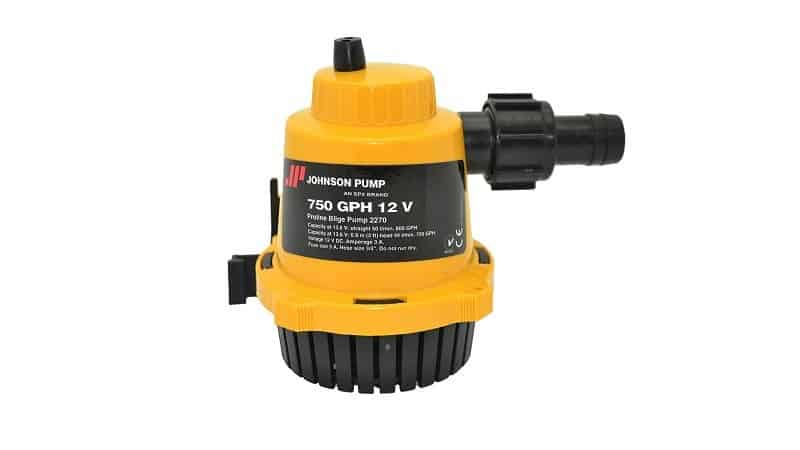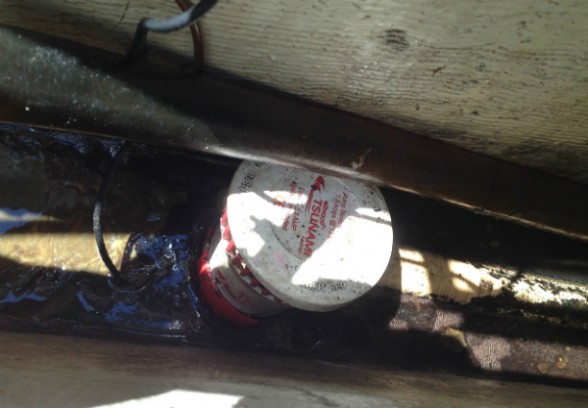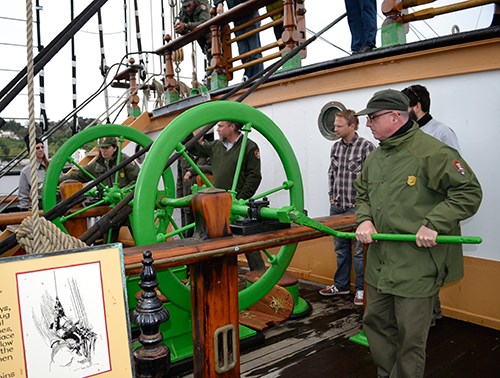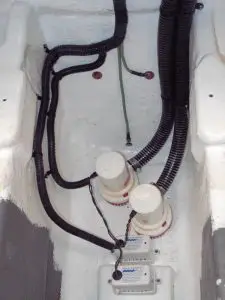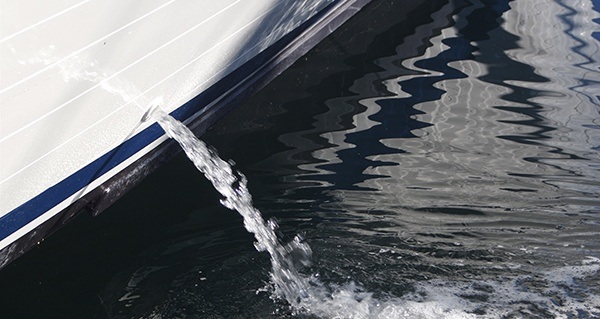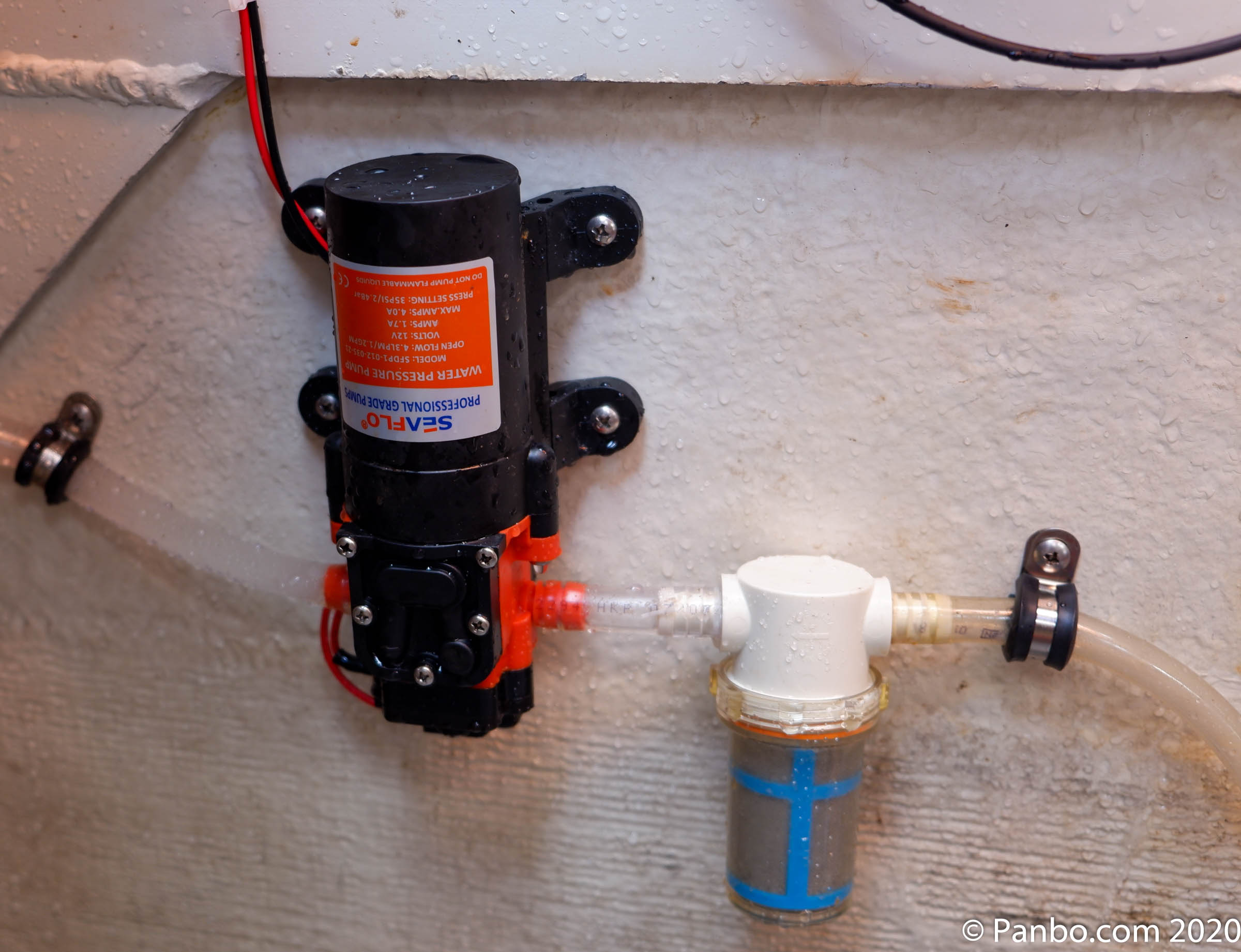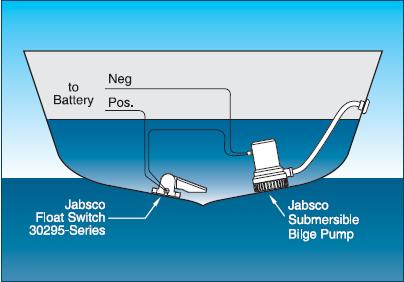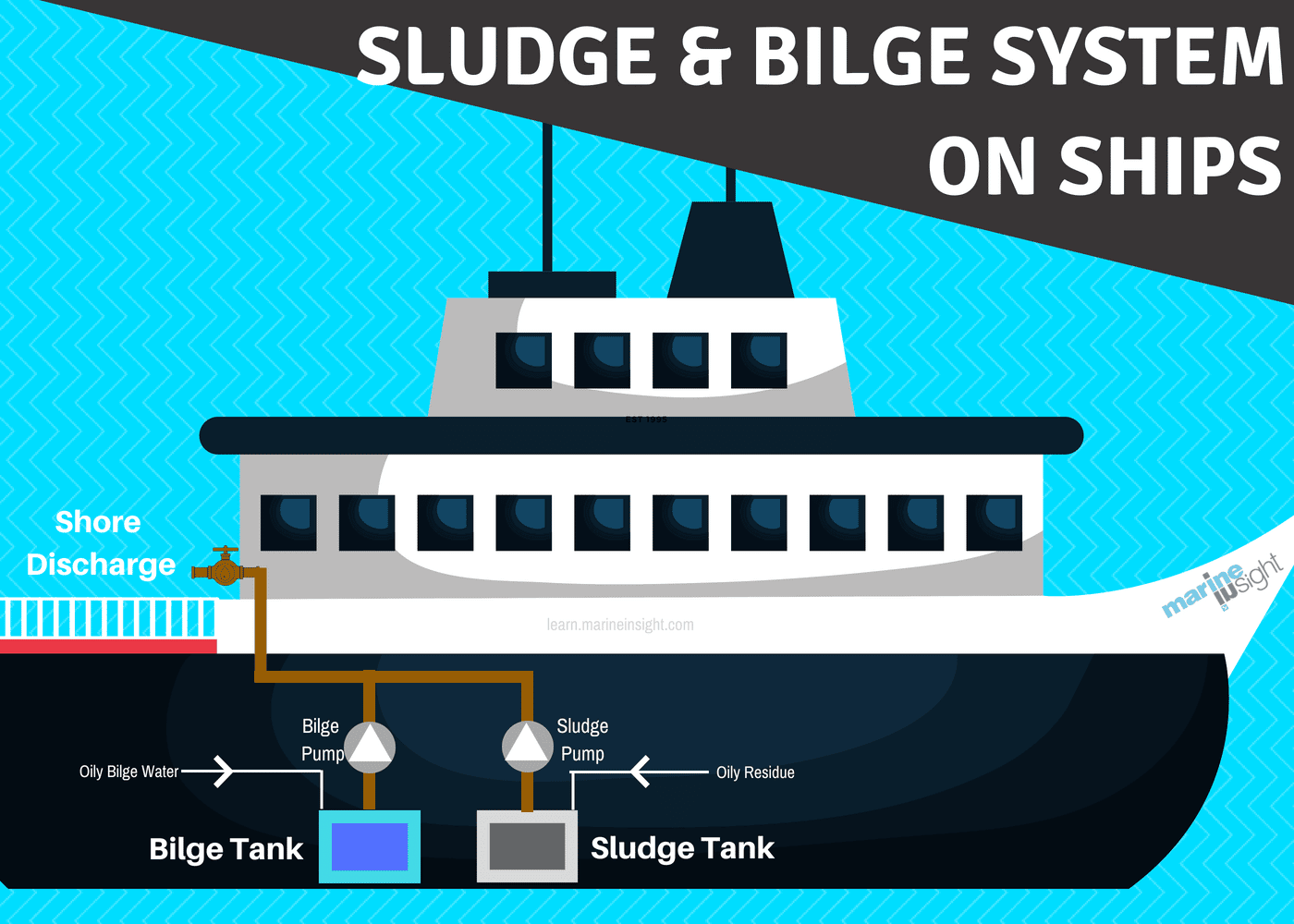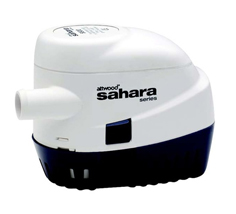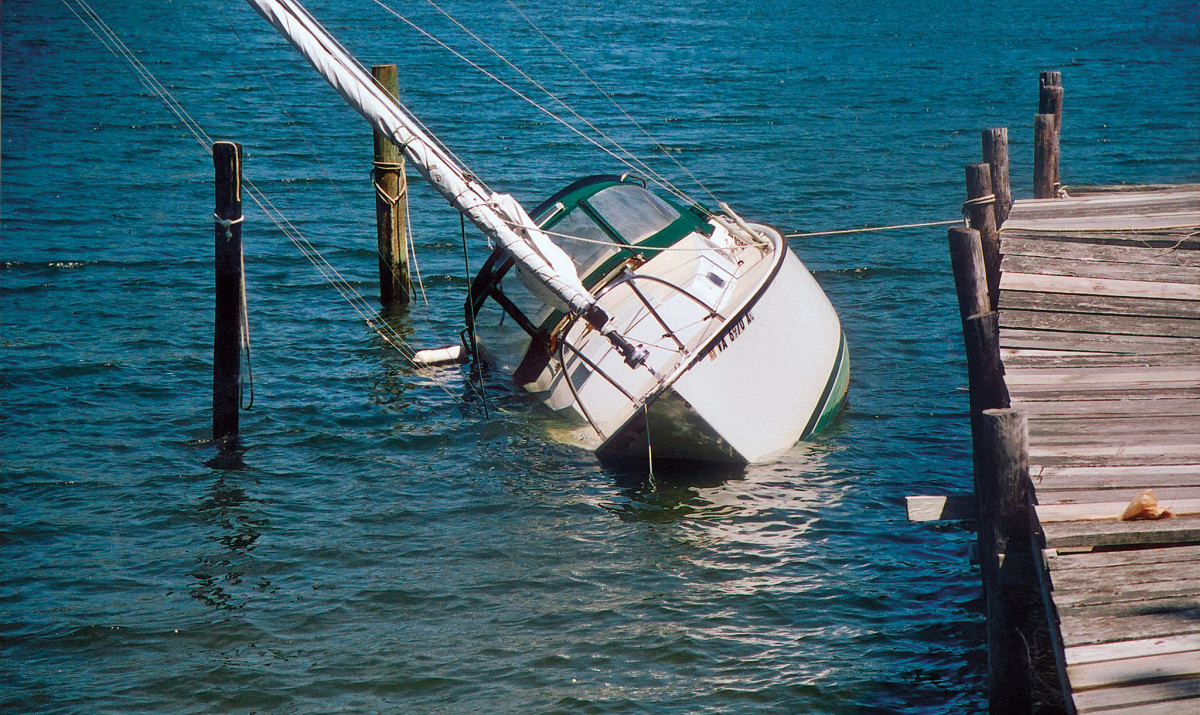As a result of the impeller rotation there is an increase in the velocity of the liquid. A bilge pump found on a ship is generally a reciprocating type or a centrifugal type.
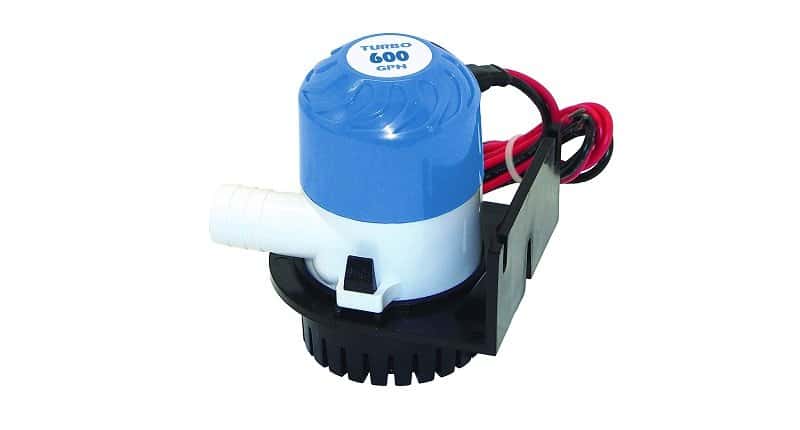
Ranking The Best Boat Bilge Pumps On The Market
What does a bilge pump do. It can buy time in potentially hazardous situations like a major storm or a leak from hull damage keeping you and your passengers safe until repairs can be made. The bilge forms the joint where two sides of a ship or boat connects. A bilge pump gets unwanted water off or out of a boat. Electric bilge pumps are often fitted with float switches which turn on the pump when the bilge fills to a set level. The rate of flow provided by a reciprocating type is lesser than that of the centrifugal type. Also the mechanism and construction of a reciprocating pump is extremely complicated for a pump used for such important purpose.
Bilge pumps are placed in the hold or lower levels of a ship to remove accumulated water from the lowest portions of the vessel. The bilge pump serves to evacuate accumulated water and oil from your boat. After entering the fluid radially enters the impeller vanes. This unwanted water known as nuisance water could be caused by a catastrophic failure of a through hull fitting a boat collision or even taking on water during a storm. How does a bilge pump work the liquid gets into the pump using the impeller center which is in other terms referred to as the eye of the impeller. A bilge pump is a water pump used to remove bilge water.
Since bilge pumps can fail use of a backup pump is often advised. Ship or boat owners install bilge pumps at the lowest possible level of the ship below the sea surface in an area called the bilge. During normal operation it provides a convenient way to keep your boat dray. Since fuel can be present in the bilge electric bilge pumps are designed to not cause sparks.

